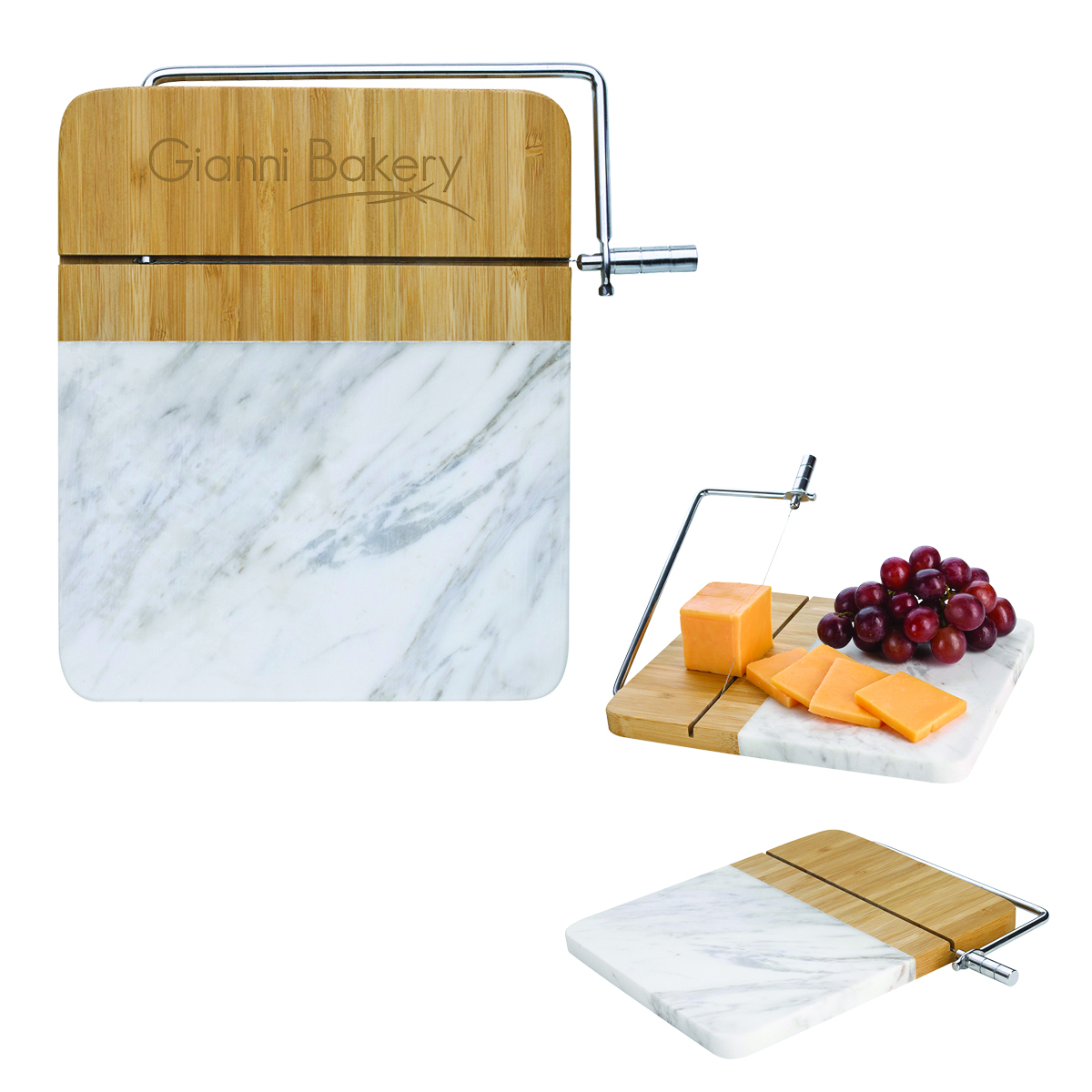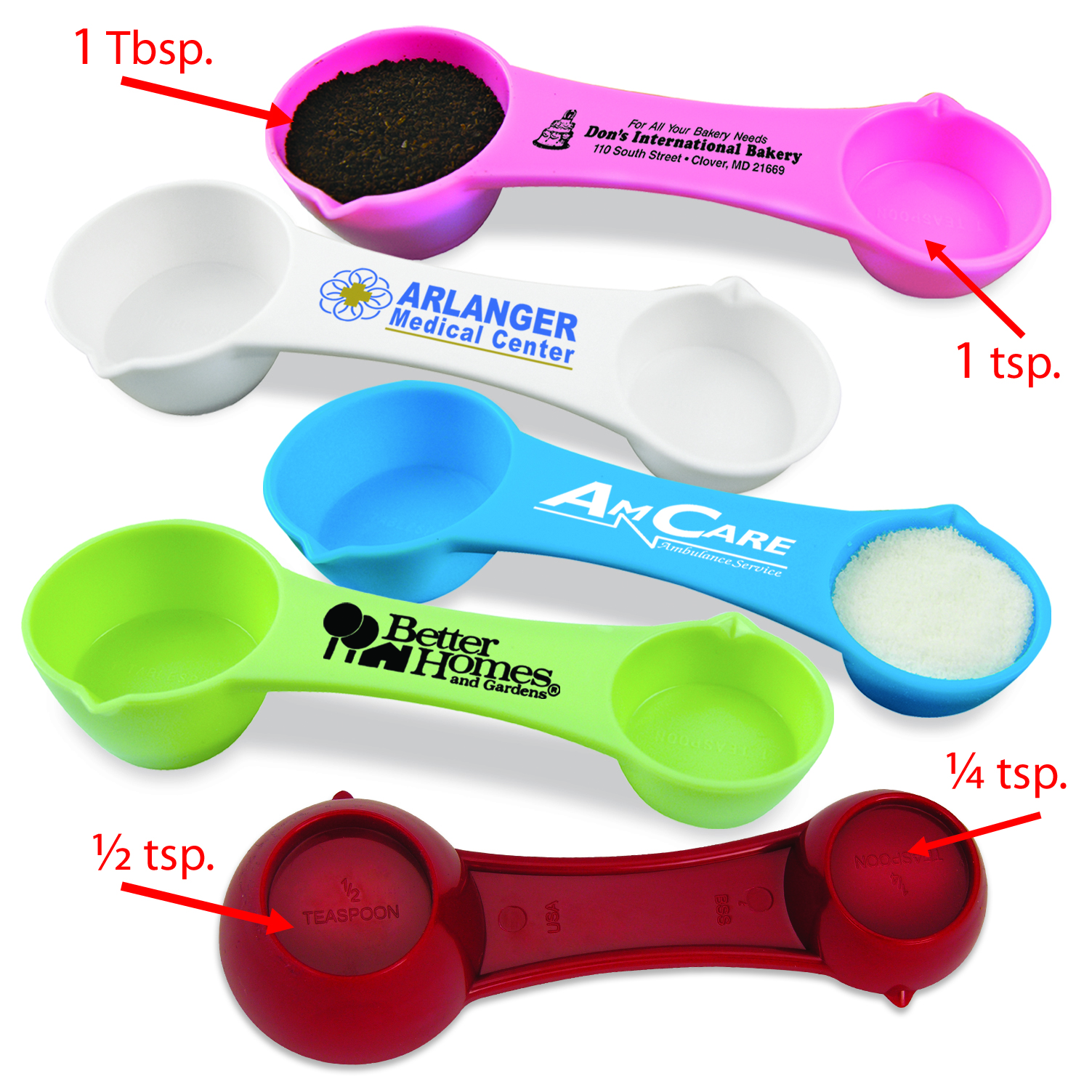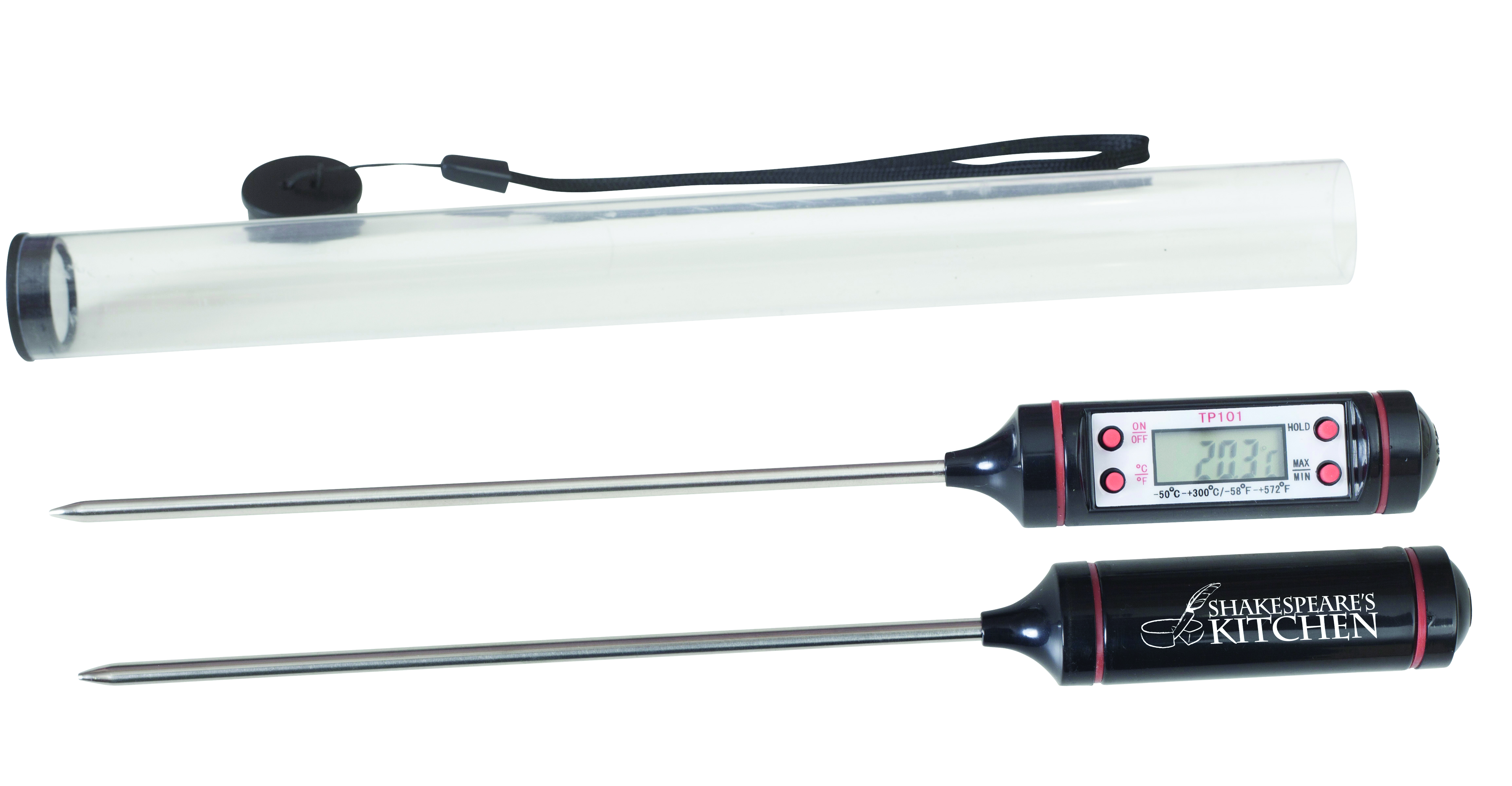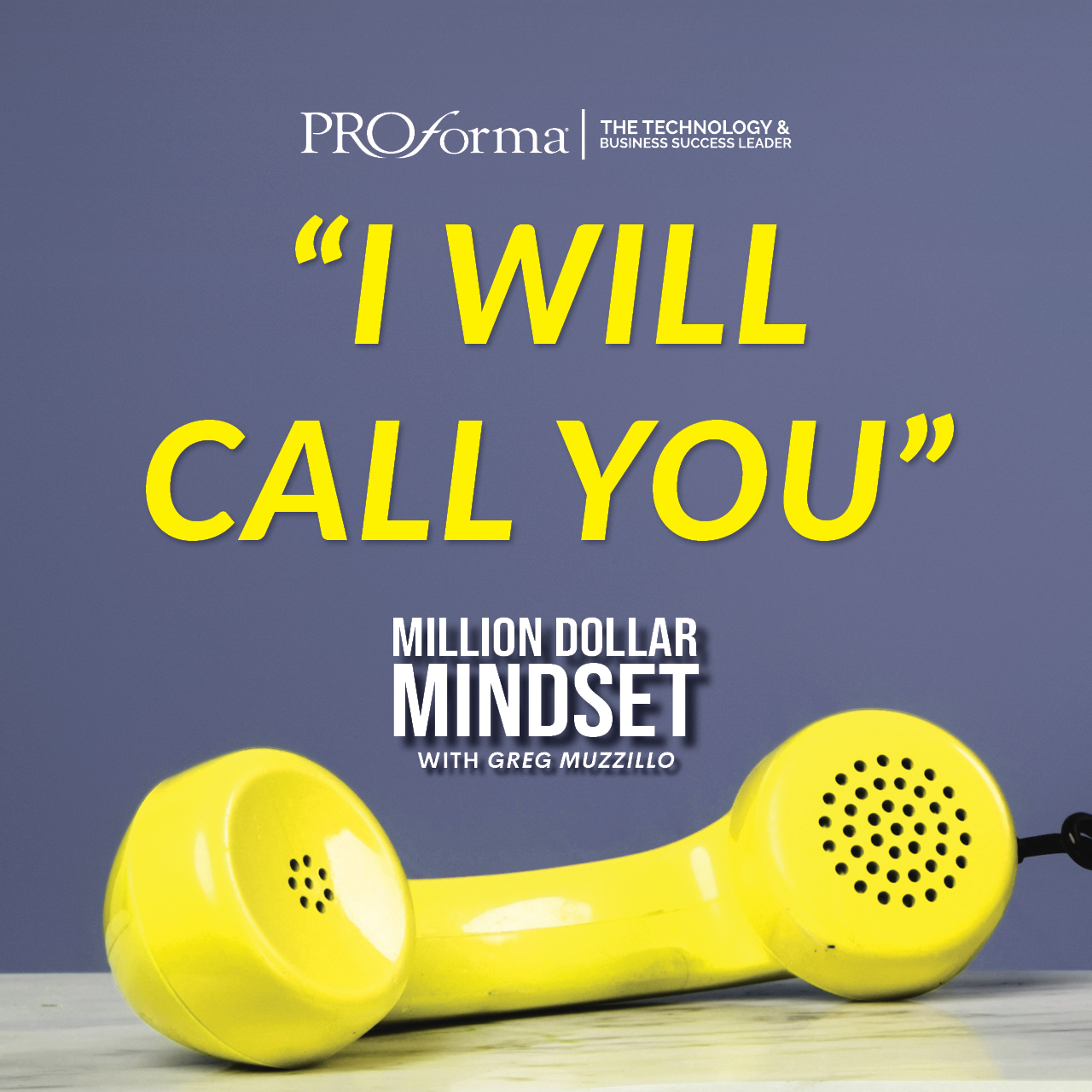
Owing to their overall busyness, be it helming a business, having a thriving social life, rearing active children or engaging in a vast number of other pursuits, many end-users spend significant time away from their dwelling places. Since home will likely forever remain where the heart is, packed schedules can prove a problem for consumers who covet occasional breaks from their go-go-go identities, as those quarters are frequently left begging for the attention their endeavors end up receiving. When people can retreat to their residences, though, they often take great care to have the abodes reflect their personalities—be they linked to old souls, in-the-know millennials, a mixture of the two or a complete departure from either. Regardless of their title, end-users, now more than ever, want to make the minimal time under their roofs an exercise in efficiency, too. In other words, so many kitchen and household products have come to earn as much clout—maybe even more—as carpets, rugs, curtains, blinds and other constants as undisputed staples.
To reinforce the evolutionary domestic dynamic occurring across the country, Promo Marketing welcomed insights from Josette Bosse, program manager for Bay State Specialty Company, Lakeville, Mass.; Trina Bicknell, senior vice president of sales and marketing for the Hub Promotional Group that includes Beacon Promotions, New Ulm, Minn.; and Krista Ward, director of marketing at Hit Promotional Products, Largo, Fla., learning what it will take for promo presences to be an extended part of consumers’ families.
The Hearth of the Matter
Since we have gained many life lessons from our movie-loving ways, we would never look to counter the immortal “There’s no place like home” tenet from “The Wizard of Oz.” In fact, so many amazing means to better end-users’ habitats exist that we will also not go against the film’s assertion that “If I ever go looking for my heart’s desire again, I won’t look any further than my own backyard.” Cinematic appreciation aside, consumers truly depend on their hearths not only to give them a place to store their stuff but also to encourage healthy habits and—to the benefit of suppliers and distributors—build brand awareness.
“Preference for certain products seems to be budget-driven with a desire for both usefulness and an aesthetically pleasing design,” Ward said regarding demand for kitchen and household products. “[Consumers] are seeing bamboo, marble, etc. in the retail space and are requiring these trends in their promotional purchasing as well. Added to that are large companies like Starbucks driving purchasing toward items like reusable straws this year as well.”
In touching on sustainable goods, Ward provided an interesting look at the desired durability end-users have when making selections. Granted, they are not seeking products that will last the length of their mortgages, but they do want that which will succeed in helping them make their house a home.

“The kitchen isn’t a fad, and it isn’t going away anytime soon,” said Bosse. “Therefore, providing products to service needs in this market is the best way to get a seat at the table, literally.” Consumers find themselves at an interesting point in the history of domestic settings, particularly with respect to where they store and prepare food. The Global Wellness Summit’s recently released trends report, for example, addressed this through a 12-page look at “the wellness kitchen,” which, it says “will use advancements in technology and design to foster a healthier lifestyle for our bodies, our minds, and our planet.” It adds, rather profoundly, that the ideal destination “doesn’t merely feed—it nourishes.” While those tasked with home construction ponder how to bring those concepts to completion, what are those who are trusted to fill residences with products to do to be equally innovative?
“Cutting down on waste by not using disposable products will remain hot,” Ward said of what the future holds for kitchen and household products. “Reusable storage bags, straws and even ice cubes will gain popularity and market share in this category.”
A Productive Approach
Like Bay State Specialty Company and Hit Promotional Products, Beacon Promotions has been growing its housewares and home products lines for some time, with Bicknell noting such items are not only useful but also appreciated and destined to end up in spaces “where many decisions are made.” Because of a kitchen’s esteem among end-users, no matter how high their mountain of available time within one is, Bicknell holds that advertising on these goods is an excellent choice for everyone looking to enhance or establish distinction in a product category.
“Advertisers love it when there is a magnet, ring or hook on the products, so that also ensures your kitchen product will be displayed in view and easily accessible to use,” she said. “Everyone cooks, entertains and congregates in the kitchen, so kitchen and household goods will always be a popular product choice for advertisers.”
In being so, these products keep the staffs of our consulted suppliers on their toes. Bosse, Bicknell and Ward revealed that retail trends often drive their employers’ plans when they come to consider what will spark end-users’ curiosity and ignite their spending power.
“From different materials to hot colors, these trends are at the forefront of our development process,” Ward said of Hit’s productive approach to sating consumers’ cries for novelty, practicality and versatility. “Non-industry shows are also great for yielding some ideas and to see what is popular,”
Bicknell added. “You have to be vigilant with understanding what’s out there and what consumers are craving.”
Loyal Lodgings
While our sources did not hesitate to reveal which of their goods win consumers’ favor, with measuring spoons, pan scrapers, jar openers and spatulas among the most popular, they were even more keen on explaining how suppliers and distributors can enjoy similar success. Whether those individuals are looking to assist end-users with higher-end kitchen considerations or quaint-yet-cute setups, these pointers are sure to help.

“Homes and offices are where we’re exposed to the most repeat impressions of promotional items each day,” said Ward. “Take advantage of this by providing items people find useful and will devote that precious cabinet or drawer space to keeping. Make it aesthetically pleasing so they [will] want to keep it in their homes. Broad appeal is best, tasteful and simple. Play to trends that are hot right now—craft brewing, charcuterie, wine and whiskey/bourbon fans. They’ve seen it happening around them, and parlaying this into their advertising spend is a no-brainer.”
“Distributors need to ask their clients where is the most important place they want their ad to be seen,” suggested Bicknell. “Utilizing a kitchen product, you are guaranteed exposure if you select a useful, high-functioning, top-quality product.”
“You don’t have to be literal with your promotions,” Bosse advised. “Coasters, for example, are a useful product that anybody can give out. Pair an item with a fun catchphrase, and you tie it all together. Most utensils have a hole at the end, so I always suggest tying a note, business card or recipe to make it more personal. Also, many mitts and potholders have pockets, and they are great places to include a note, literature or membership/company information.
“Kitting is a great way to go, too,” she continued. “We offer pre-made kitchen combos, but also give customers the chance to create their own in three easy steps—pick the bag, then the main product and, finally, the utensils. This makes them feel more in control of their promotion.”



